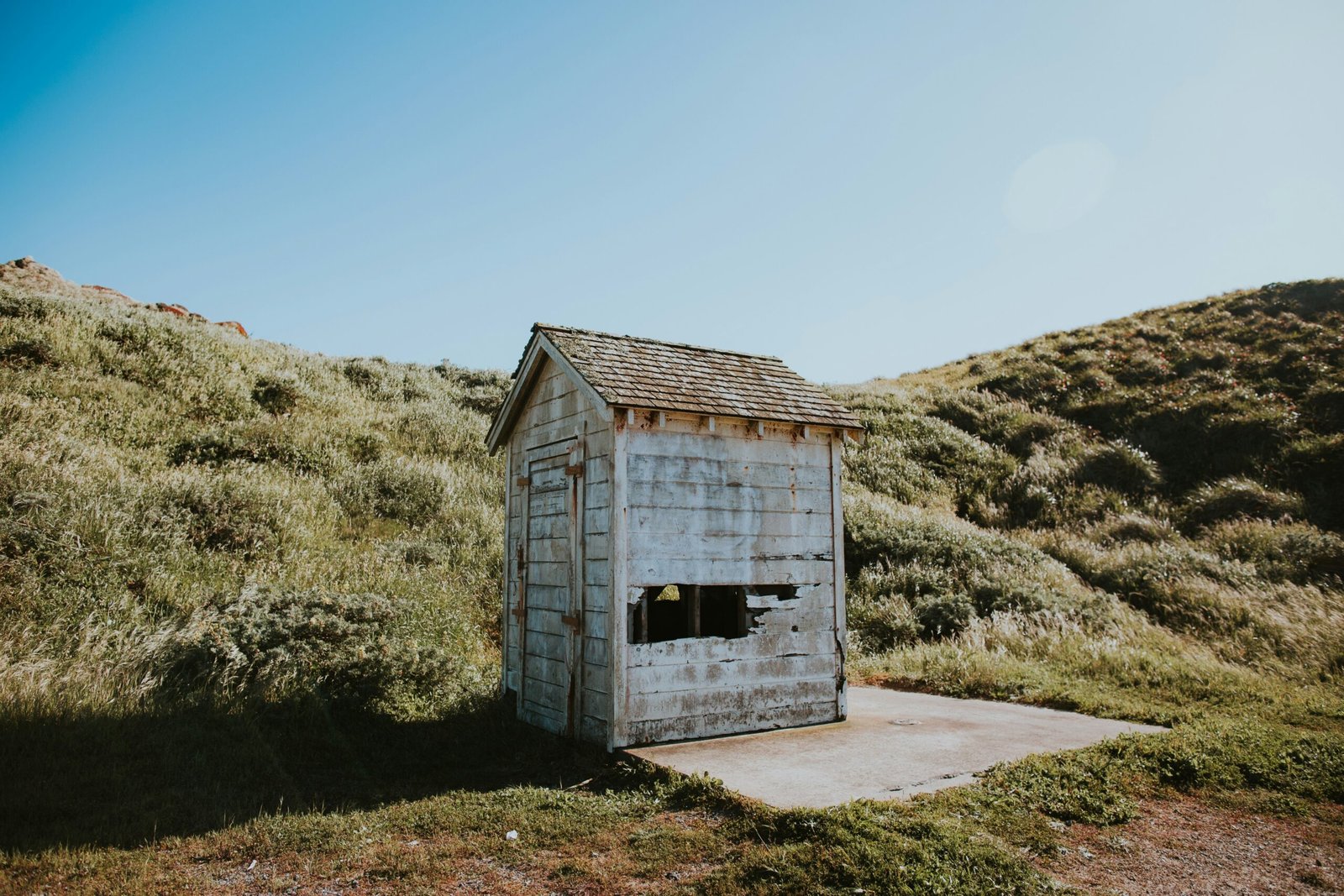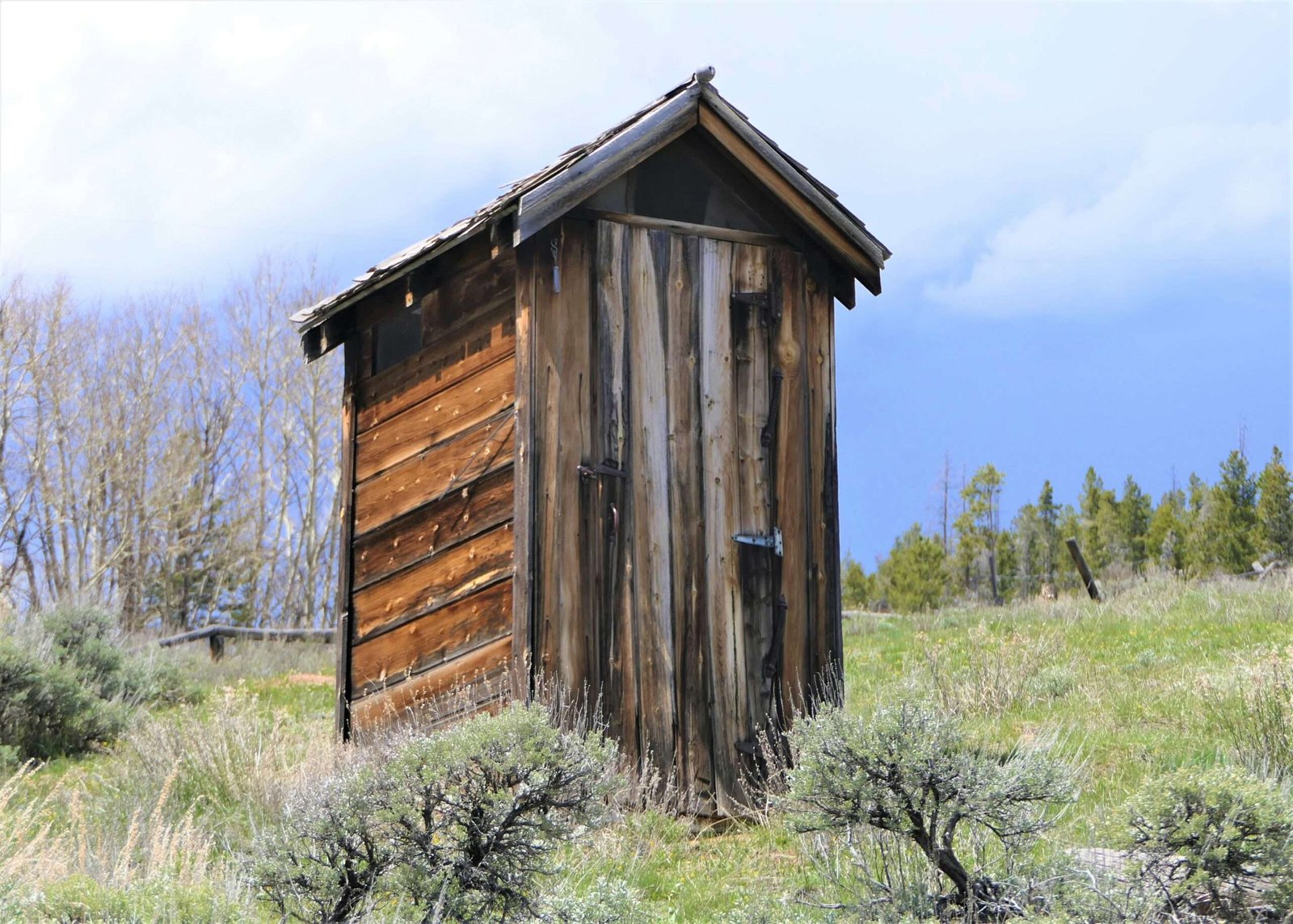
Historical Context of Outhouses
The history of outhouses dates back to ancient civilizations, where rudimentary toilet structures were employed to manage human waste, particularly in rural areas. The earliest known references to these outdoor facilities can be found in ancient Mesopotamia and Egypt, where they were used in conjunction with basic sanitation practices. However, the modern concept of the outhouse emerged in Europe during the Middle Ages, as communities began to build wooden structures separate from their homes. This separation was both hygienic and practical, promoting sanitary living conditions in the absence of sophisticated plumbing systems.
During the 19th century, the Industrial Revolution saw a surge in population growth and urbanization, leading to a greater need for efficient waste disposal methods. Outhouses established themselves as a commonplace feature in households, particularly in rural settings where indoor plumbing was rare or nonexistent. They provided a practical solution to sanitation needs, often constructed as simple wooden sheds with a hole in the ground. It was a time when societal norms and living conditions necessitated outdoor toilets, reflecting both the technological limitations and the cultural attitudes towards sanitation of the era.
Significant milestones in outhouse design include advancements during the late 19th and early 20th centuries. As awareness of public health issues increased, so did efforts to improve the construction and functionality of these structures. For instance, the introduction of the “privy vault” system provided a more efficient means of waste containment. Innovations such as ventilation and proper waste management practices contributed to enhanced hygiene standards. Over time, these structures evolved, adapting to the changing needs of society, until the advent of indoor plumbing gradually led to their decline in many regions.
Sustainability and Environmental Considerations
The relevance of outhouses in contemporary society can be closely tied to environmental sustainability and the need for responsible waste management practices. In an era where environmental concerns are paramount, outhouses present an eco-friendly alternative to conventional sewage systems, particularly in remote and rural locations. This makes them an appealing option for those seeking sustainable living solutions.
One of the primary benefits of modern outhouses is the use of composting toilets. Unlike traditional toilets that rely on a significant amount of water for flushing, composting toilets operate using minimal or no water, which significantly reduces overall water consumption. This is especially beneficial in areas where water conservation is crucial, such as drought-prone regions. By converting human waste into compost, these systems not only facilitate a closed-loop cycle but also enhance soil quality when applied appropriately, thereby supporting agriculture and gardening efforts.
Furthermore, the environmental impact of outhouses is noticeably lower than that of elaborate sewage treatment systems. The energy required to maintain these large-scale infrastructures is minimal when compared to the maintenance of modern plumbing and sewage systems, which can be both energy-intensive and costly. Additionally, traditional outhouses encourage users to engage in more sustainable practices, such as using biodegradable products and reducing the overall waste produced.
Trends in sustainable living further emphasize the resurgence of traditional waste management practices like outhouses. Many individuals are seeking to reduce their carbon footprint and embrace a lifestyle that prioritizes ecological balance. As awareness grows around the importance of preserving natural resources and prioritizing sustainability, the relevance of outhouses is likely to persist, showcasing their adaptability in contemporary contexts.
Practical Uses in Contemporary Settings
The enduring relevance of outhouses in modern society can be seen through various practical applications in contemporary settings. While they may evoke nostalgia for some, these structures continue to serve essential purposes in today’s world. One prominent example is their use at campsites, where access to conventional restroom facilities is often limited. Campers appreciate the convenience of outhouses, as they provide a hygienic and private option for their sanitation needs, enabling them to immerse themselves in nature without compromising comfort.
In rural communities lacking reliable plumbing infrastructure, outhouses serve as a vital solution. Families living in remote areas often rely on these structures, which are economical and easily maintained, to meet their basic sanitation requirements. Outhouses can be tailored to the specific needs of the family and the environment, enhancing their practicality and sustainability. This reliance is not just a matter of preference but a necessary adaptation to the surrounding conditions.
Outdoor events present another scenario where outhouses are particularly beneficial. Whether it is a festival, wedding, or community gathering, the presence of portable restrooms can significantly enhance the overall experience for attendees. Organizers often find that providing outhouses decreases traffic to indoor facilities and helps maintain cleanliness throughout the event. Testimonies from event planners indicate that the accessibility of these restroom facilities contributes to higher satisfaction rates among guests and participants, thereby reinforcing the importance of including them in planning.
In summary, the practical applications of outhouses in contemporary settings illustrate their enduring value. They address specific challenges faced in various environments, supporting sanitation needs in campsites, rural homes, and outdoor events. Through these examples, it becomes clear that outhouses maintain significant relevance in our modern world.
Cultural Significance and Modern Trends
Outhouses have maintained a unique cultural significance across various communities throughout history. Originally characterized as practical, outdoor lavatories, outhouses were commonly associated with rural living and often viewed as a symbol of poverty; however, their perception has shifted considerably in contemporary society. This transformation reflects broader changes in architectural styles and lifestyle preferences, allowing outhouses to be celebrated for their charm and historical value rather than merely their functionality.
In recent years, there has been a resurgence of interest in outhouses, with many homeowners reimagining these structures as unique architectural features. In some cases, they are restored and repurposed as guest houses, garden sheds, or creative art installations. The adaptation of outhouses into modern design trends showcases an appreciation for rustic aesthetics, with an emphasis on sustainability and a connection to nature. Designers often incorporate reclaimed materials, ensuring that these buildings embody an ethos of environmental consciousness while retaining their historic character.
Artistically, outhouses have become mediums for expression as well, with many contributing to local art initiatives that encourage creativity and community engagement. They can be painted vividly, outfitted with decorative elements, or transformed into whimsical spaces that reflect the personality of their owners. This trend is evident in various regions where outhouses serve as cultural landmarks, enhancing local tourism and education through guided tours and community events.
The transformation of outhouses from markers of poverty to symbols of rustic charm illustrates an evolving narrative in design and societal values. Today, they are integrated into home decor and lifestyle choices, as people seek to connect with tradition while embracing modern aesthetics. As a result, the humble outhouse has re-established its place not only in our architectural landscape but as a testament to enduring cultural narratives that blend practicality with artistic expression.

0 Comments